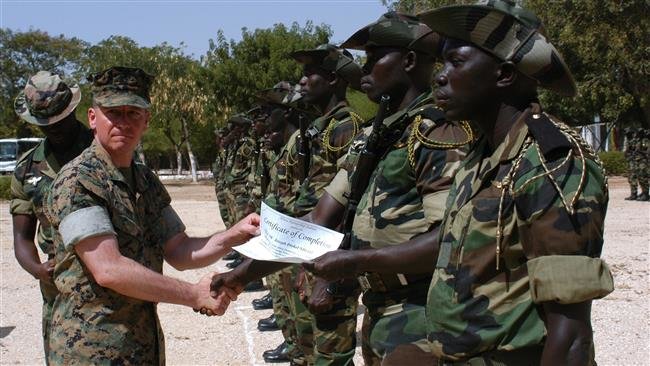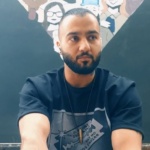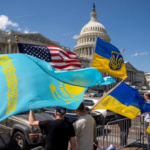A Senegalese soldier receives a Certificate of completion from a US Marine at a military camp (File)
The political and military establishments of many countries see Senegal as a stabilizing force in West Africa. But, from inside and outside, Senegal is facing threats that may undermine that stablity.
Much of the region has fallen victim to attacks: from Burkina Faso, where 8 people died this year in assaults on the military and French Embassy to the Côte d’Ivoire’s 2016 Grand-Bassam shootings that claimed the lives of at least 19. Nigeria’s Boko Haram has pursued years of violent operations, such the kidnapping of more than 250 schoolgirls in Chibok to the Mubi suicide bombings in May which killed more than 50 people and injured more than 80. Indeed.
So far, Senegal has been spared any major incidents. In a country where 94% of the population is Muslim, there have been few examples of Islamic extremism. The vast majority practice a moderate form of Sufism, with followers less prone to radicalization and opposed to hardline conservative interpretations of Islam by sects such as Wahabism.
There have been some clashes. In 2012, 10 Islamist extremists were arrested in the region of Saint-Louis. Imam Boubacar Dianko was arrested for creating a now-dormant terrorist cell, and another imam, Nadae, was imprisoned in October 2015 for ties with Boko Haram. In January 2016, 500 individuals were arrested in a major anti-terror campaign. Still, this was a relatively benign situation compared with that in other states in the region.
But now Senegal is increasingly being viewed as a potential target for Islamist extremists. Primarily, this is because of Senegal’s association with Western powers, especially France.
Dakar and Paris have close economic ties and an annual intergovernmental seminar. Senegal provided significant military assistance to the French-led 2013 African Union intervention in Mali, spurring Al Qa’eda in the Islamic Maghreb to call for attacks on French interests. An AQIM splinter group, Jama’at Nusrat al-Islam wal-Muslimin (JNIM), also put Senegal on their target list.
Meanwhile, Senegal may also be unsettled by competition between Saudi Arabia and Iran in a cultural proxy war. Academics from Iran’s Al-Mustafa University are teaching their Shia theology to Senegalese students, while the Islamic Preaching Association for Youth is supported by Saudi Arabia with funds for more than 200 mosques across the country.
The demographics of Senegal have drawn attention, with 60% of the population under 20. Senegalese institutions have been able so far to combat radicalization, but the contest between Saudi and Iranian conservative forms of Islam could present challenges.
Canadian diplomats Robert Fowler, the UN’s special envoy to Niger, and his assistant Louis Guay have testified that, among their Al Qa’eda kidnappers, there were men speaking Wolof, the official language of Senegal. But the primary marker of increased Islamist extremism was the biggest terror-related case in Senegalese history. In April, 29 individuals were tried on charges from fundraising for terrorism to the planning of attacks. Thirteen defendants were convicted, including the group’s leader, Makhtar Diokane, wsentenced to 20 years for conspiracy to commit attacks and to establish a terrorist cell.
The US has built a $1.5 million military base in Senegal to train personnel in the detection and prevention of terrorism. With the project by the State Department’s Anti-Terrorism Assistance Program — at a time when Washington is sharply cutting aid elsehwere in Africa — the Americans are flagging Senegal as a country facing a rising threat.
In the eyes of Western leaders, there are few reliable nations in West Africa upon whom they can count, including over Islamic extremism. But for how long can they count on Senegal?






